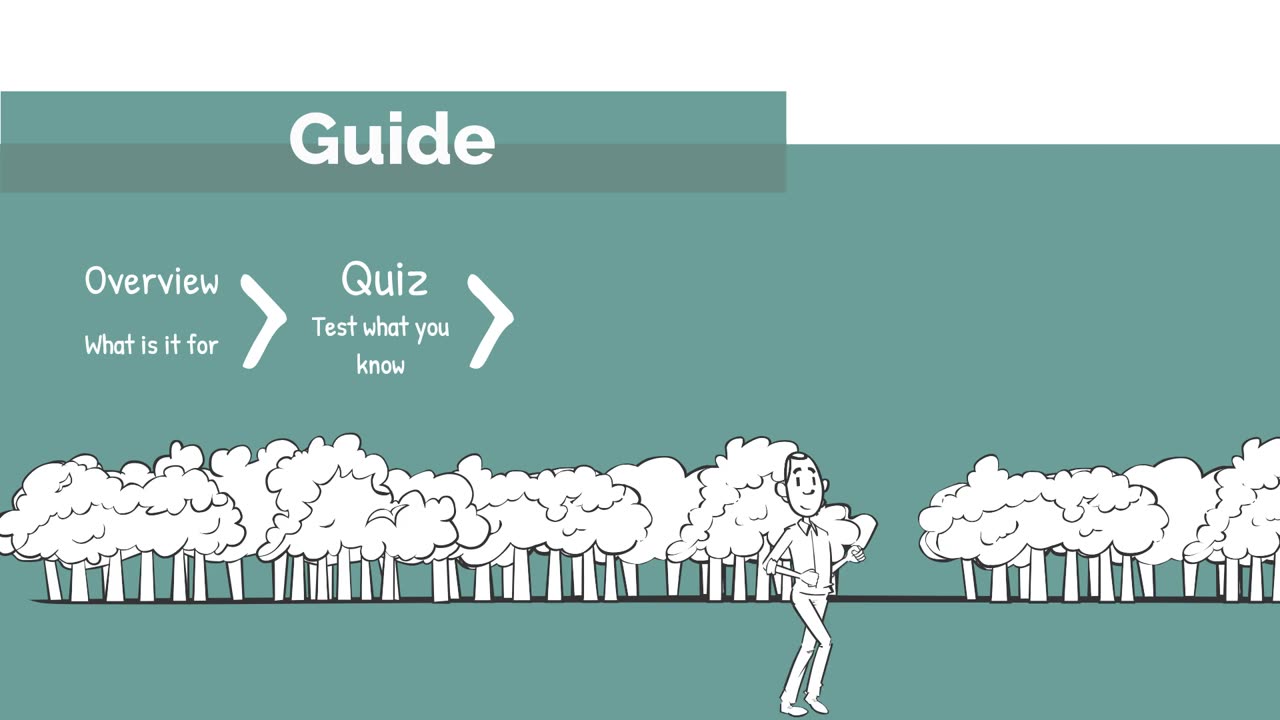Premium Only Content

Flipped Classroom
A flipped classroom is an instructional approach that reverses the traditional learning environment by delivering instructional content outside of the classroom and moving activities that are typically considered homework into the classroom[2]. In this model, students engage with lectures or instructional videos at home before class, while in-class time is devoted to exercises, projects, discussions, and problem-solving activities with the guidance of the teacher[1][3].
The primary goals of a flipped classroom are to:
1. Make the classroom an active learning environment
2. Enable students to learn at their own pace
3. Provide more opportunities for individualized instruction
By shifting passive learning activities like lectures to an at-home setting, students can review materials at their own speed and come to class prepared for more engaging, interactive learning experiences[3]. This approach allows for more time in class to be spent on higher-order thinking skills, such as problem-solving, collaboration, and critical thinking[2].
The flipped classroom model offers several benefits, including increased student engagement, personalized learning experiences, and more efficient use of class time for active learning and teacher-guided activities[4]. However, it also requires careful planning and preparation from teachers to ensure that pre-class materials are effective and that in-class activities are meaningful and aligned with learning objectives
-
 LIVE
LIVE
Lofi Girl
2 years agoSynthwave Radio 🌌 - beats to chill/game to
387 watching -
 16:22
16:22
BlabberingCollector
2 days agoHarry Potter HBO: Addressing Some New Rumors!
6.91K3 -
 4:01:30
4:01:30
Badlands Media
22 hours agoThe Narrative Ep. 37: The Sovereign War
183K35 -
 11:23:54
11:23:54
SpartakusLIVE
14 hours agoMega SOLO Spartan Stream - 12 hours?! HA || Variety Later?!
108K1 -
 4:55:23
4:55:23
Rallied
7 hours ago $22.01 earnedSolo Warzone Challenges All Night
55.1K3 -
 4:53:38
4:53:38
Due Dissidence
17 hours agoTaibbi DEFENDS Weiss-CBS Deal, Pakman Producer SPILLS TEA, Massie CALLS OUT Trump Informant Claims
36.3K47 -
 2:33:47
2:33:47
TheSaltyCracker
10 hours agoMedia Silent on Metro Attack ReeEEStream 9-07-25
156K303 -
 56:27
56:27
Sarah Westall
11 hours agoEnd of Aging, Hydrogen Bomb Research, Serial Killers & Violent Behavior, Bipolar Research w/Dr Walsh
43.4K6 -
 4:36:53
4:36:53
MattMorseTV
12 hours ago $19.32 earned🔴Sunday Gaming🔴
75.1K9 -
 2:31:16
2:31:16
Joker Effect
8 hours agoINTERVIEWING Rumble Gaming community members: Viewbotting and how they see the current landscape.
33.9K3